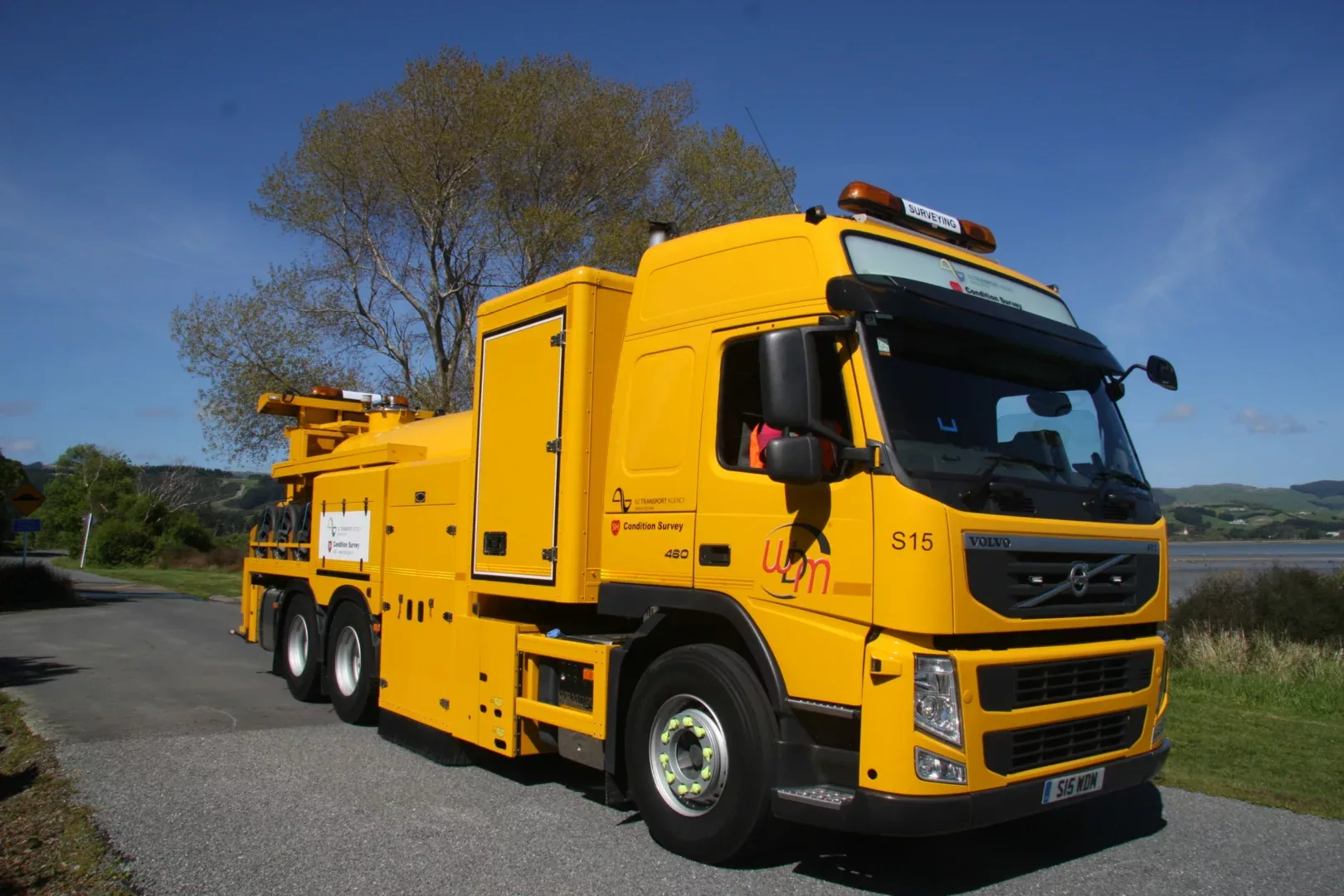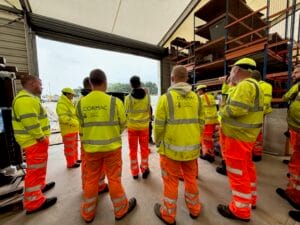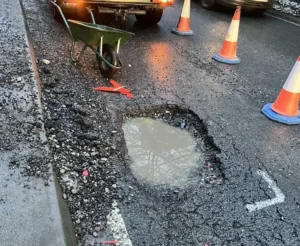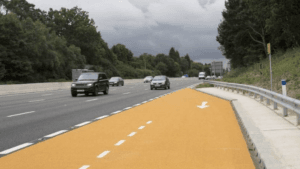A new RSTA conference delivered by LCRIG and in association with W.D.M and WJ Group will take place on September 14th in Reading. It will examine the current challenges and solutions relating to skid resistance and road surface friction.
This one-day conference, which is also supported by Highways News, will discuss:
• The role of skid resistance in keeping roads safe
• Delivery schemes that are consistently reducing carbon
• What are your legal responsibilities?
• Designing for skid resistance and how to chose the right materials
• A new approach to skid measurement
• Managing friction-investigatory levels
• Surface dressing, retexturing and predictive maintenace-an update
• Looking to the future-a panel debate
But where did it all begin…..Andy Stevenson, Associate Director of Surveys, W.D.M. Limited tell us….
In the first half of the 20th century the growth of motorised traffic, capable of greater speeds, created pressure to find a way of making road surfaces capable of withstanding increased loads as well as provide grip for the tyres of vehicles using those roads.
Surfaces and structures, that had been designed for horse drawn carriages and slow moving vehicles, with steel or solid rubber tyres, were no longer suitable. Cobbled streets, wooden blocks between tramways in cities and unsealed surfaces in rural areas were inadequate for modern traffic.
It was not until the second half of the century that technology developed to allow highway authorities to set standards for skid resistance that would help reduce accidents and save lives.
In those early years motorcycles and sidecars, with an angled wheel, were used to measure frictional forces. After the second world war, front wheel drive cars with an internal angled wheel were introduced to measure sideways-force coefficient, while a towed trailer, with a lockable wheel, measured the brakeable force.
However, the lengths of road able to be measure were limited, while the portable skid resistance tester – the pendulum – could only be used for spot checks.
The advent of computers in the 1960s provided a solution for the data processing problem and TRL was able to develop a sideways force coefficient investigation machine (SCRIM). The first production machines were produced under licence in the early 70’s by W.D.M. Limited, who have built them ever since.
In was in the mid-70s that standards for the polishing resistance of aggregates used in new surface courses were first introduced for trunk roads. At the same time, minimum texture depths for new surfaces were set to limit the loss of skid resistance at higher speeds.
The development of the SCRIM machine provided a platfom on which an in-service standard for trunk roads could be based, but it wasn’t until 1988 that it was introduced. It was soon recognised that the principle could also be applied to roads managed by local authorities.
Skid resistance is the measure of the road surface’s contribution to the friction developed between the tyre and the road and maintaining this is an important part of the asset management process*. Road/tyre friction is the product of the interaction between macrotexture, texture depth and tyre tread depth.
The UK has led the world in research and policies that have led to the improvement of skid resistance on roads. However, challenges remain for the future. Changing technologies and climate change will have an influence and highway authorities will need to explore alternative strategies to reduce accident risk.
- Over the past quarter of a century, the use of SCRIM machines operated by WDM to measure skid resistance, as part of an integrated asset management strategy, has helped the New Zealand government reduce skid related fatalities by up to 40%, with a cost benefit return of 35 to one.
To register for the conference, go to: Managing Skid Resistance UK – RSTA (rsta-uk.org)



























